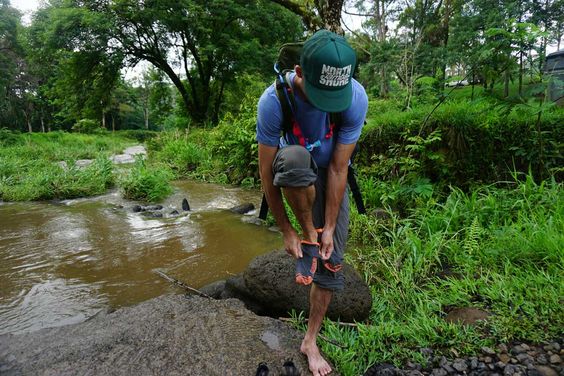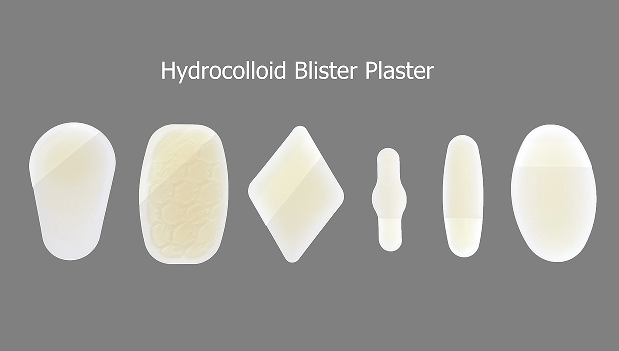The weather is hot recently, and many friends who love outdoor sports are also starting to prepare to go out. Whether it is mountain climbing, hiking, or running, often the most worrying thing is the blisters on your feet. Your mood has become very bad, so how to deal with blisters outdoors, let's take a look together.
Why are blisters prone to outdoor sports?
No matter whether you choose running or hiking for outdoor sports, your feet will often contact and rub against the shoes. Due to prolonged exercise, the feet will sweat easily. The moist skin and high temperature provide good conditions for the formation of blisters, so Hiking and running feet are most prone to blisters. Blisters usually occur on the sides of the foot, at the heel.
1. I prevent blisters when hiking outdoors.
Wear well-fitting hiking boots that can easily develop if you wear boots that don't fit properly. Try to go to the store to try them on before buying. When buying, make sure your toes have enough room to move. If you squeeze too much, you will get blisters. Therefore, it is very important to choose shoes that suit your feet. When trying on shoes, you can check whether the size is appropriate by walking on an inclined ramp.
2. blister plaster
You can prepare some blister plaster in your bag. It is made of a hydrocolloid material, which is soft and smooth. It can be attached to parts that are relatively easy to wear and tear. It can avoid the risk of blisters and has self-adhesive properties. It is not easy to slip during exercise, and it is very convenient to operate.
2. You can bring a few more pairs of socks:
Socks can reduce the friction between the feet and shoes. It is best not to use pure cotton socks. Pure cotton socks are more likely to form blood bubbles than nylon socks. The material of socks is preferably polypropylene or other new synthetic fibers, which can keep feet dry and dry better than wool or cotton products, thereby reducing the chance of blisters. To avoid blisters, you need to keep your feet dry. This means that you need to bring a few more pairs of socks, and when the socks are wet, change to a pair of dry ones, which can avoid the formation of blisters as much as possible, especially in the hot summer.
How to deal with blisters outdoors?
Clean the blister surface and surrounding skin.
It is best to disinfect with alcohol or disinfectant. Of course, if the diameter of the blister does not exceed 5 mm, no treatment is required, just wait for the skin to absorb itself. If the diameter of the blister is larger than 5 mm, it needs to be punctured, but do not remove the skin above the blister, as this will increase wound infection probability.
Puncture the blister with a sterilized needle.
Carefully puncture the blister along the edge of the blister to allow the liquid to flow out. At this time, use blister plaster to stick on the blister, which can provide the wound with a slightly acidic airtight space that is conducive to healing, and at the same time prevent the invasion of foreign microorganisms and wound infection.
For more information on Innomed® blister plaster, refer to the previous articles. If you have customized needs, you are welcome to contact us; we will serve you wholeheartedly.
At Longterm Medical, we transform this data by innovating and developing products that make life easier for those who need loving care.
Editor: kiki Jia
Date: March 6, 2023

 English
English عربى
عربى Español
Español русский
русский 中文简体
中文简体








